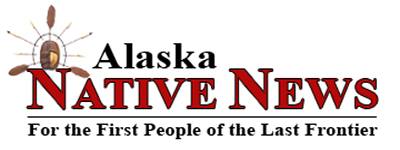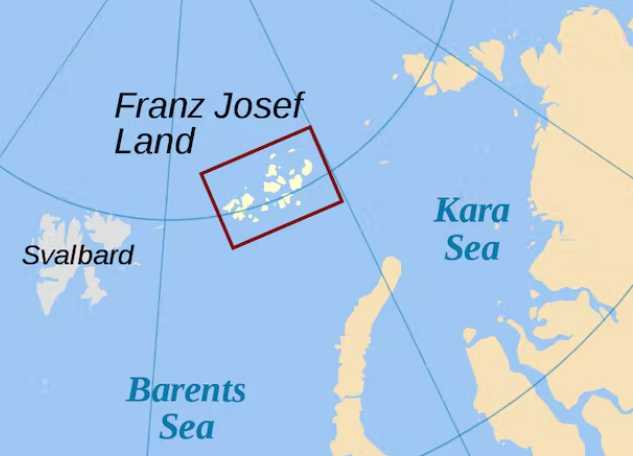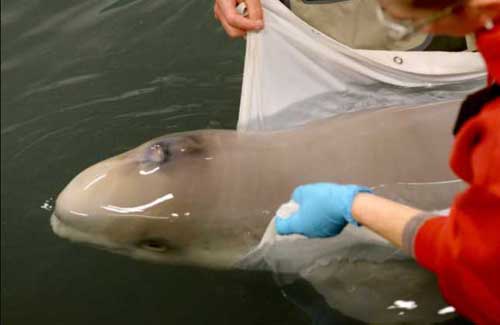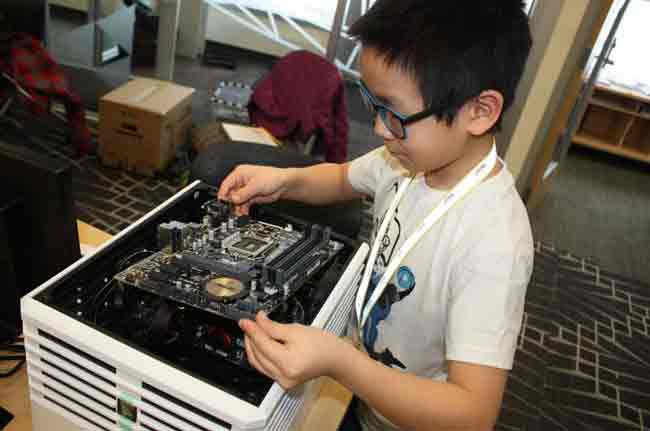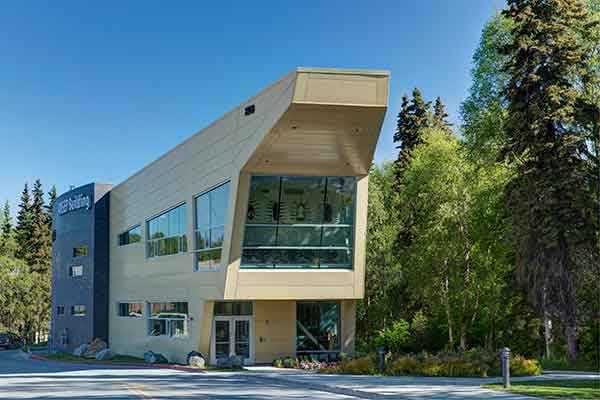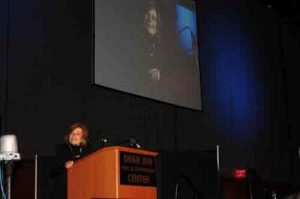
ANCHORAGE, ALASKA – The Alaska Native Science & Engineering Program held its 22nd annual Celebration Friday. Dr. Sylvia Earle, renowned marine biologist, author, explorer and lecturer, joined students, alumni, family and ANSEP partners for the occasion.
Formerly the chief scientist at the National Oceanic and Atmospheric Administration (NOAA), Dr. Earle has led nearly 100 underwater expeditions, logging more than 7,000 hours underwater. In 1970, she led the first all-female team of aquanauts on the Tektite II project, during which they spent two weeks in a small habitat 50 feet below the surface studying ocean life and the effects of living underwater on the human body. She has been an explorer-in-residence for the National Geographic Society for more than two decades. In addition to starting two companies focused on the scientific study of the deep ocean, Dr. Earle also led a team of 30 scientists on the Google Ocean Advisory Council, which provided insight for the “Ocean in Google Earth.”
Dr. Earle spoke to ANSEP students, alumni, partners and supporters at the annual Celebration about the importance of determination, effort and taking the correct approach in becoming an effective scientist. Through her speech, Dr. Earle hopes to inspire Alaska’s youth – from middle school to university graduate program students – to have the fortitude to continue on a path of education and seek knowledge about the world around them. [xyz-ihs snippet=”Adsense-responsive”]“We’re living in extraordinary times, and you are the witnesses to the greatest era of human change in history,” Dr. Earle said. “A scientist’s job is to observe carefully and report honestly, to look at the evidence and do what you can to make the world a better place. I encourage you all to find something you love, polish it and make it your own.”
In Alaska, while indigenous Americans make up around 15 percent of the population, they are only 6 percent of the state’s workers in computer, engineering and science occupations. ANSEP is working to close this gap by producing mathematicians, engineers, teachers and scientists who can provide valuable leadership and a connection to local communities, from which all of Alaska can directly benefit.
“The percentage of Alaska Natives employed in STEM careers in our state is remarkably low,” said ANSEP Founder and Vice Provost Dr. Herb Ilisaurri Schroeder. “For more than 20 years, ANSEP has worked to change that trend by developing a pipeline of students who are ready for careers in STEM fields. We are thankful to Dr. Earle for helping us share with our students the importance of determination and hard work.”
ANSEP engages students at a critical time in their academic careers, identifying potential participants early, promoting an attitude of readiness, preparing students for the challenges ahead and giving them the tools and support they need to succeed. Beginning with students in middle school, ANSEP’s longitudinal model continues through high school into undergraduate degree programs and even through graduate school to the doctorate level.
Since 2010, more than 75 percent of ANSEP students who have begun a University of Alaska undergraduate program in a STEM field are still enrolled and on track to earn their degree or have graduated. By year 2020, more than 3,000 ANSEP students will be on track for science and engineering degrees. To learn more about ANSEP, visit www.ANSEP.net. [xyz-ihs snippet=”Adsense-responsive”]
